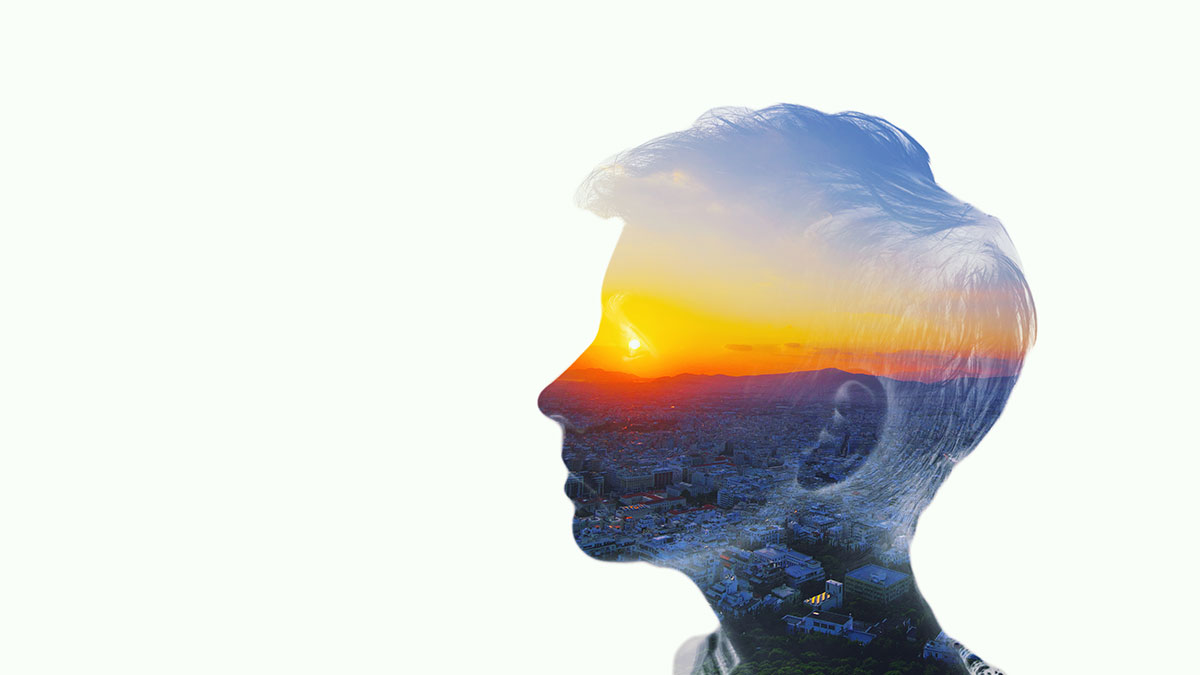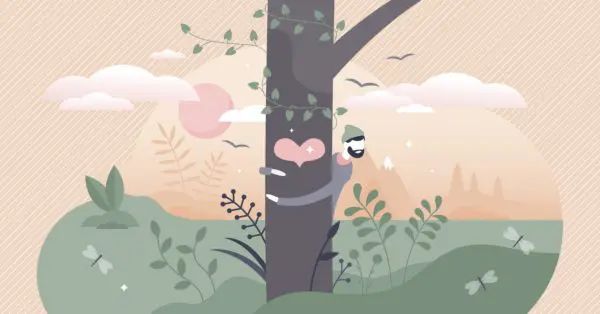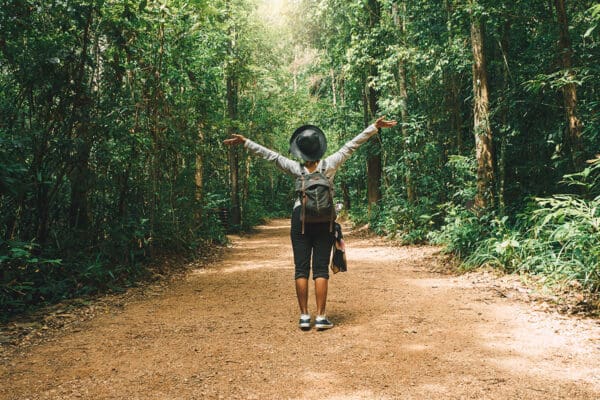A small beach bonfire gathering in 1986 has grown into a massive gathering in the Black Rock Desert of Nevada called Burning Man, an annual celebration of art and community dedicated to boundless self-expression free from judgment or exclusivity.
Black Rock City is a temporary construct with a population of over 70,000 citizens who come to embrace the opportunity to experience interactive art in a fully immersive environment: it is nearly impossible to escape the creative efforts of the community, which manifest in both practical and functional ways, as well as the purely whimsical. And that is the whole point.
Curious about psychedelic art and the immersive experience that is Burning Man? Here, we’ll look at what psychedelic art is (and what it isn’t), as well as how it fuels the relentless flow of creativity that is an integral part of this stunning and unique event.
What is psychedelic art?
The Greek roots of the word ‘psychedelic’ actually translate to mind-manifesting, which is a meaning that transcends any specific style, color scheme, time period, medium, or influence of art. Psychedelic art can simply be any rendering of an epiphany, experience, or exploration that an artist wishes to share with others, perhaps inspiring mind-manifesting moments for them as well.
The Cambridge Dictionary does acknowledge the primary association of the word ‘psychedelic’ with substances that alter the mind. However, additional definitions paint a more broad picture of what it means. Something described as psychedelic can be anything that has a “strong effect” on the senses and perception of reality, whether the colors or shapes cause recollection of past hallucinations or invoke them in the present. It might inspire a “deep understanding” that was previously unrealized or enhance a personal experience in some meaningful way.
Psychedelic art is therefore unbound by the typical requirements of style or medium that define a genre. Instead of adhering to rules and defining qualities, psychedelic art offers an extended hand to the person experiencing it, allowing everyone to discern their own interpretation of significance. It is vulnerable; an artist manifests the deepest parts of their inner self and allows others to share some of their most personal and revelatory moments. And in sharing those vulnerable spaces, we find that our own vulnerabilities are shared, and more common than we realized. Psychedelic art asks questions of those who experience it, and there are no wrong answers.
The most well-known works of psychedelic art were produced in the 1960s and 70s during the counterculture movement, which also embraced hallucinogenic substances as a means of defiance to restrictive laws and social norms. Naturally, themes in color, shape, and style were influenced or inspired by the psychedelic encounters of many who created art at the time. These tended to include bright colors, trippy patterns, and dream-like images meant to honor and invoke the effects of psychedelic substances like LSD and magic mushrooms (psilocybin).
Psychedelic art has flourished ever since, with a wide variety of styles and types of medium used to support universal curiosity and exploration. Burning Man offers one of the most expansive opportunities to experience and participate in psychedelic art that is entirely immersive. All are welcome to share and discover the creative potential of the mind.
No spectators: radical participation and inclusion
Experiencing art at Burning Man is unlike visiting a gallery or finding your assigned seat at a performance. There are no lines you can’t cross; everything is intended to be approached, interacted with, and touched (except for creators and performers themselves, in which case explicit consent is appropriate and expected). Everyone has permission to interface with the works of art and performances that adorn the vast reaches of the playa (as the open area of Black Rock City is called that week), except for a few essential restrictions that merely exist in the name of common sense and safety.
Among the 10 Principles that guide the community are radical inclusion and participation, which guarantees everyone an equal invitation to enjoy Burning Man’s experiences. Ultimately, this is the true spirit of psychedelic art. Connecting with an artist’s consciousness who seeks to enhance your personal journey (regardless of what it looks like) can transform how you think about your place in a community. There is an interaction or flow of energy between you and the creator, even if you never meet each other face to face.
By breaking down traditional barriers to how we are “allowed” to experience art in the default world, Burning Man has helped perpetuate a shift in the mentality surrounding actual value in the art community. Art is not purchased to display at the event, and the cost of creation has nothing to do with its worth on the playa. In fact, no monetary funds are exchanged at Burning Man (except for very few things, such as ice and gasoline) in the general spirit of decommodification.
Almost anything given or received is a gift, and the same is true of the art. Nothing is asked of the people who come to enjoy it in exchange for the experience; Burning Man’s art stands in defiance of the idea that art is only worthwhile if someone deems it worthy of purchase.
Much of the art and many live performers are anonymous, a direct challenge to the common misconception that the notoriety of artists themselves or their level of skill in adhering to set expectations directly correlates to a work’s importance. Instead, the art created for Burning Man is specifically created to be participatory, possessing a fluidity of meaning and infinite potential for impact.
Closing thoughts and resources
An immersive art experience doesn’t end with the moment of interaction. It transforms and changes a person’s perspective, sometimes in dramatic ways. Being immersed in an inspiring artistic community can help you discover who you are, connect with people in a meaningful way, and think more deeply about what you believe.
As such, the Burning Man art experience doesn’t begin and end with a single week per year. In fact, you need not even attend the event itself to be included in this community. Art projects and opportunities to contribute in infinite ways exist all over the world, with some efforts going directly toward the week in Black Rock City and others simply offered to anyone who would like to join in for the sake of the community, wherever that may be. Interested in participating? Start with the participation guide offered on the Burning Man website to find ways you can contribute your skills and passions to an artistic project. The organization also has a brief history of the art at Burning Man with archives to view some of the amazing work of the past.









